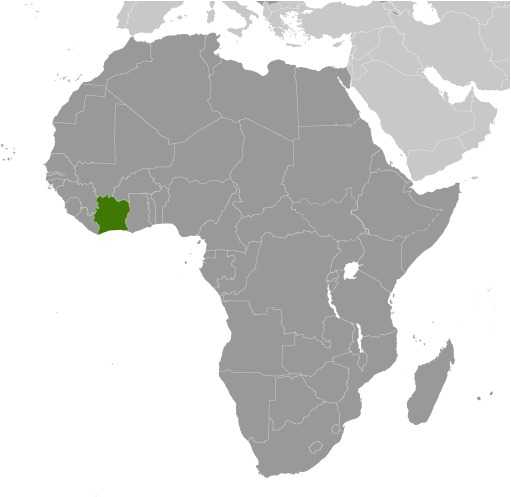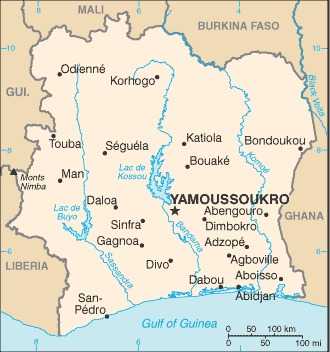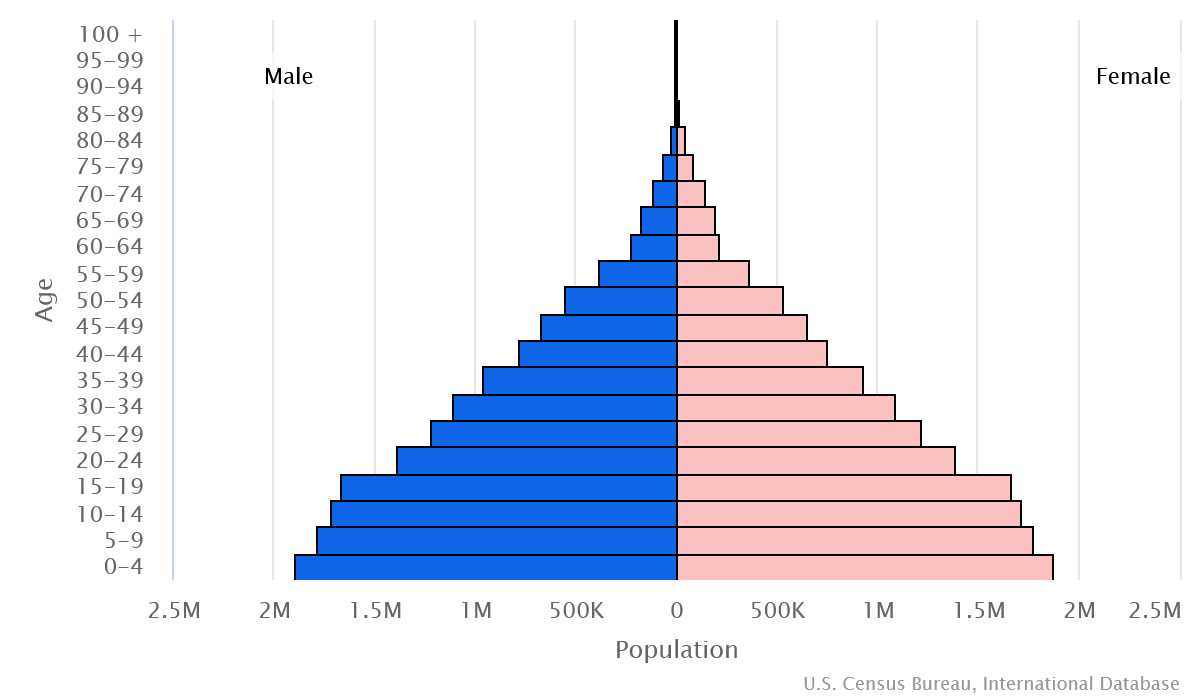Introduction
Background
Close ties to France after independence in 1960, the development of cocoa production for export, and foreign investment have all made Cote d'Ivoire one of the most prosperous of the West African states. A series of coups and conflicts since the 1990s disrupted the country's political system, but stability returned with the 2021 elections.
Geography
Area
total : 322,463 sq km
land: 318,003 sq km
water: 4,460 sq km
Climate
tropical along coast, semiarid in far north; three seasons - warm and dry (November to March), hot and dry (March to May), hot and wet (June to October)
Natural resources
petroleum, natural gas, diamonds, manganese, iron ore, cobalt, bauxite, copper, gold, nickel, tantalum, silica sand, clay, cocoa beans, coffee, palm oil, hydropower
People and Society
Population
total: 29,981,758
Ethnic groups
Akan 38%, Voltaique or Gur 22%, Northern Mande 22%, Kru 9.1%, Southern Mande 8.6%, other 0.3% (2021 est.)
Languages
French (official), 60 native dialects of which Dioula is the most widely spoken
Religions
Muslim 42.9%, Catholic 17.2%, Evangelical 11.8%, Methodist 1.7%, other Christian 3.2%, animist 3.6%, other religion 0.5%, none 19.1% (2014 est.)
Population growth rate
2.13% (2024 est.)
Government
Government type
presidential republic
Capital
name: Yamoussoukro (legislative capital), Abidjan (administrative capital); note - although Yamoussoukro has been the official capital since 1983, Abidjan remains the administrative capital as well as the officially designated economic capital; the US, like other countries, maintains its Embassy in Abidjan
Executive branch
chief of state: President Alassane Dramane OUATTARA (since 4 December 2010)
head of government: Prime Minister Robert BREUGRE MAMBE (since 17 October 2023)
Legislative branch
description: bicameral Parliament consists of:
Senate or Senat (99 seats; 66 members indirectly elected by the National Assembly and members of municipal, autonomous districts, and regional councils, and 33 members appointed by the president; members serve 5-year terms)
National Assembly (255 seats - 254 for 2021-2026 term; members directly elected in single- and multi-seat constituencies by simple majority vote to serve 5-year terms)
Economy
Economic overview
one of West Africa’s most influential, stable, and rapidly developing economies; poverty declines in urban but increases in rural areas; strong construction sector and increasingly diverse economic portfolio; increasing but manageable public debt; large labor force in agriculture
Real GDP (purchasing power parity)
$202.758 billion (2023 est.)
$190.319 billion (2022 est.)
$179.178 billion (2021 est.)
Real GDP per capita
$7,000 (2023 est.)
$6,800 (2022 est.)
$6,500 (2021 est.)
Agricultural products
yams, cassava, oil palm fruit, cocoa beans, sugarcane, plantains, rice, rubber, maize, cashews (2022)
Industries
foodstuffs, beverages; wood products, oil refining, gold mining, truck and bus assembly, textiles, fertilizer, building materials, electricity
Exports
$17.211 billion (2022 est.)
$16.23 billion (2021 est.)
$13.232 billion (2020 est.)
Exports - partners
Switzerland 9%, Mali 8%, Netherlands 8%, US 6%, France 5% (2022)
Exports - commodities
cocoa beans, gold, rubber, refined petroleum, cocoa paste (2022)
Imports
$19.948 billion (2022 est.)
$16.191 billion (2021 est.)
$12.66 billion (2020 est.)
Imports - partners
China 18%, Nigeria 11%, France 8%, India 5%, Belgium 4% (2022)
Imports - commodities
crude petroleum, refined petroleum, ships, rice, fish (2022)
Exchange rates
Communaute Financiere Africaine francs (XOF) per US dollar -
Page last updated: Wednesday, July 24, 2024




